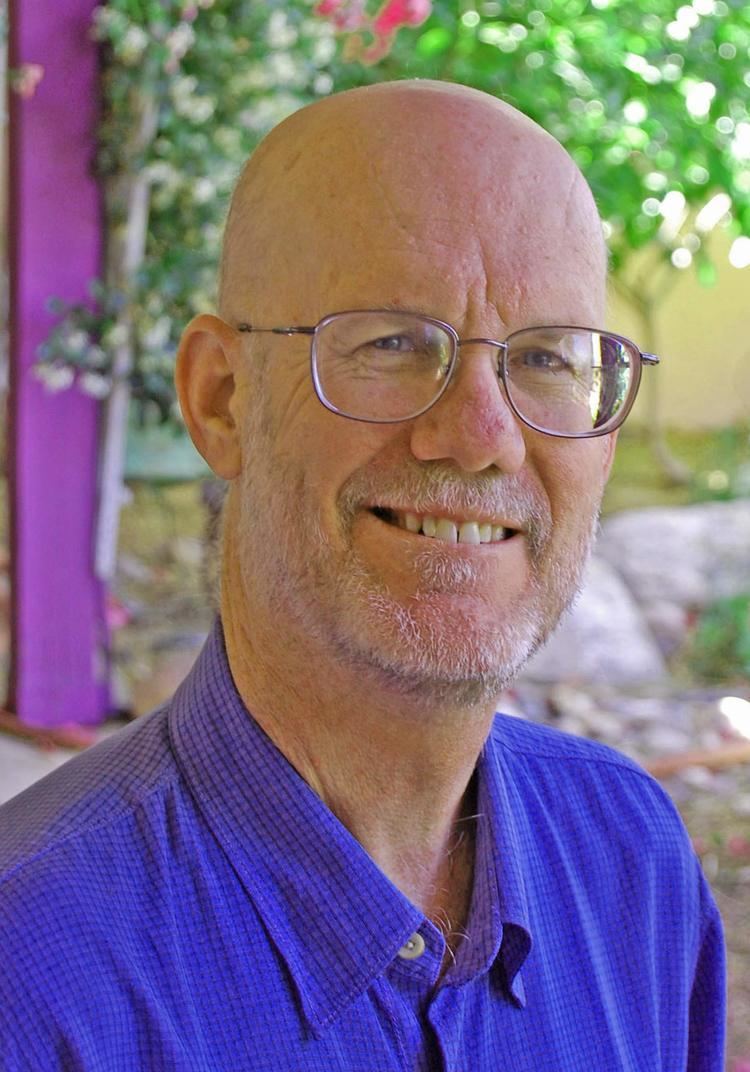Citizenship USA Doctoral advisor William Wulf Fields Computer scientist | Role Computer scientist Name Richard Snodgrass | |
 | ||
Institutions University of North CarolinaUniversity of Arizona Alma mater Carnegie Mellon University (Ph.D 1982)Carnegie Mellon University (MS 1978)Carleton College (BA 1977) Known for temporal databasesquery language designquery optimization and evaluation Residence Tucson, Arizona, United States Books Developing time-oriented database applications in SQL Education Carleton College, Carnegie Mellon University | ||
Richard Thomas Snodgrass is an American computer scientist and writer, currently employed as a professor at the University of Arizona. He is best known for his work on temporal databases, query language design, query optimization and evaluation, storage structures, database design, and ergalics (the science of computing).
Contents
Biography
Snodgrass was born on April 19, 1955. He attended Carleton College for a Bachelor of Arts (Physics) and then Carnegie Mellon University for an M.S. as well as a Ph.D in Computer Science, which he earned in 1982 under the guidance of William Allan Wulf. Snodgrass is a Professor of Computer Science at the University of Arizona. He has been an ACM Fellow since 1999. Currently, he is a member of the Advisory Board of ACM SIGMOD, of the ACM History Committee, and of the Editorial Board of ACM Ubiquity.
He is married to Merrie Brucks, the Robert and Kathleen Eckert Professor of Marketing at the Eller College of Management.
Work
Snodgrass and his doctoral student originated the concept of valid time and transaction time. As of December 2011, ISO/IEC 9075, Database Language SQL:2011 Part 2: SQL/Foundation included clauses in table definitions to define "application-time period tables" (valid-time tables) and "system-versioned tables" (transaction-time tables).
TSQL2, a temporal extension to the SQL-92 language standard, was designed by the TSQL2 committee, which was formed in July, 1993. Snodgrass chaired the TSQL2 language design committee. The committee produced a preliminary language specification the following January, which appeared in the March 1994 ACM SIGMOD Record.
Various members of the temporal database research community have worked to transfer some of the constructs and insights of TSQL2 into SQL3, termed SQL/Temporal. Snodgrass initiated SQL/Temporal part of the SQL3 draft standard. SQL/Temporal has been partially implemented in Oracle, Teradata version 14, and IBM DB2 10.
Snodgrass along with Christian Jensen co-chairs TimeCenter, an international center for the support of temporal database applications on traditional and emerging DBMS technologies. The center has published more than 90 articles since 1997, many of which have been accepted in leading computer science journals.
ACM Activities
Snodgrass has worked continuously as a volunteer for Association for Computing Machinery (ACM) since the mid-90s. Previously, he has chaired the ACM Publications Board and the ACM History Committee and has served on ACM Council. He has chaired the ACM SIGMOD Special Interest Group on Management of Data from 1997-2001. In 2001-07, he was Editor-in-Chief of the ACM Transactions on Database Systems.
Snodgrass presented to the ACM Council a proposal for "a new ACM service, the ACM Computing Portal," a web-based repository of bibliographic information of all the computing literature. The proposal arrived at a ballpark figure of one million items that captured the entire history of computing, from roughly 1940 to 2000. The ACM Portal, also called the ACM Guide, was released to the public on May 21, 2003.
As the chair of the ACM Publications Board, Snodgrass developed a strategic vision for the Association for Computing Machinery to become the preferred publisher for computer science and proposed a far-ranging policy that recognizes the rights and responsibilities of readers, authors, reviewers, editors and libraries.
Publications
Snodgrass is the author or editor of several books including:
Snodgrass has written more than 90 refereed articles in the following areas:
